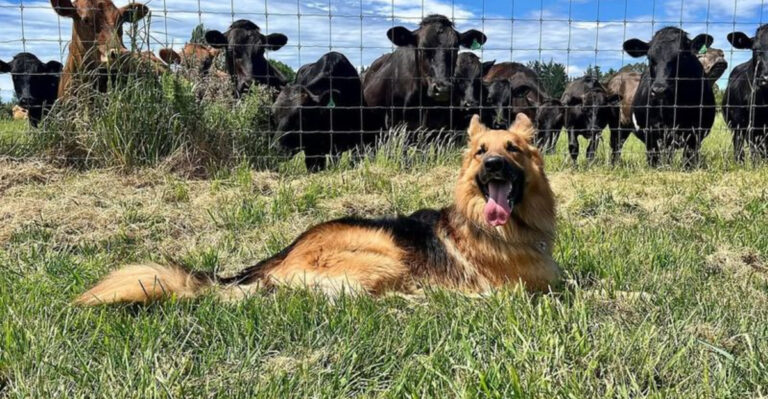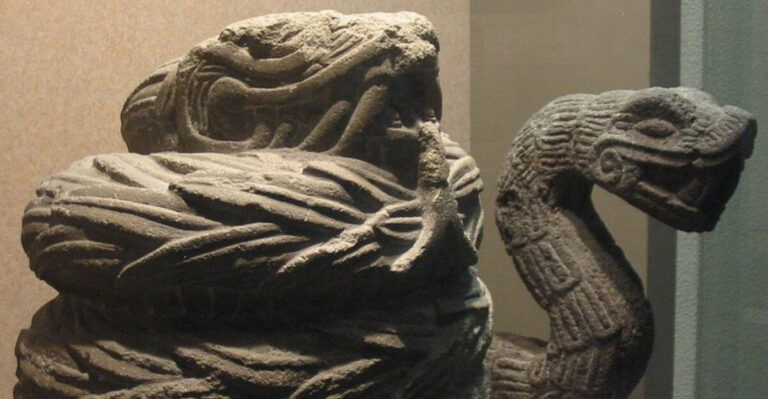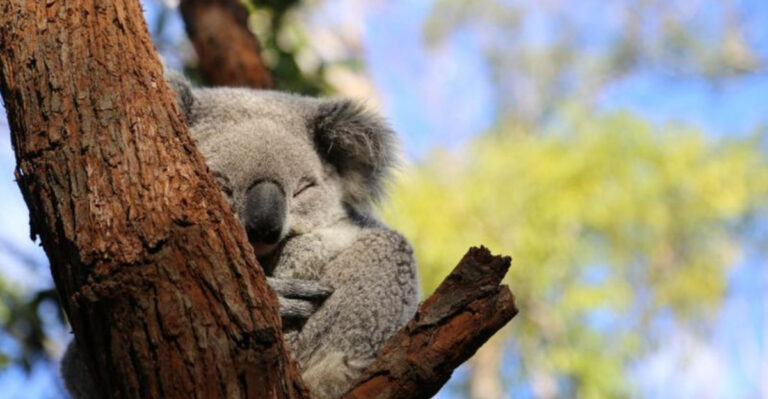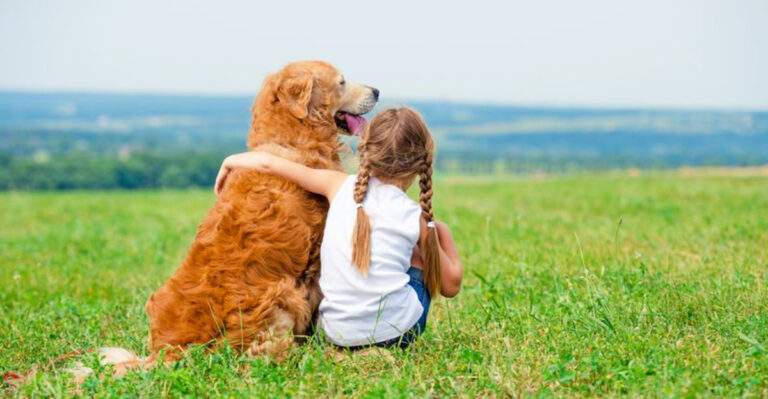10 Animals That Struggle When Set Free (And 5 That Do Better Than Expected)
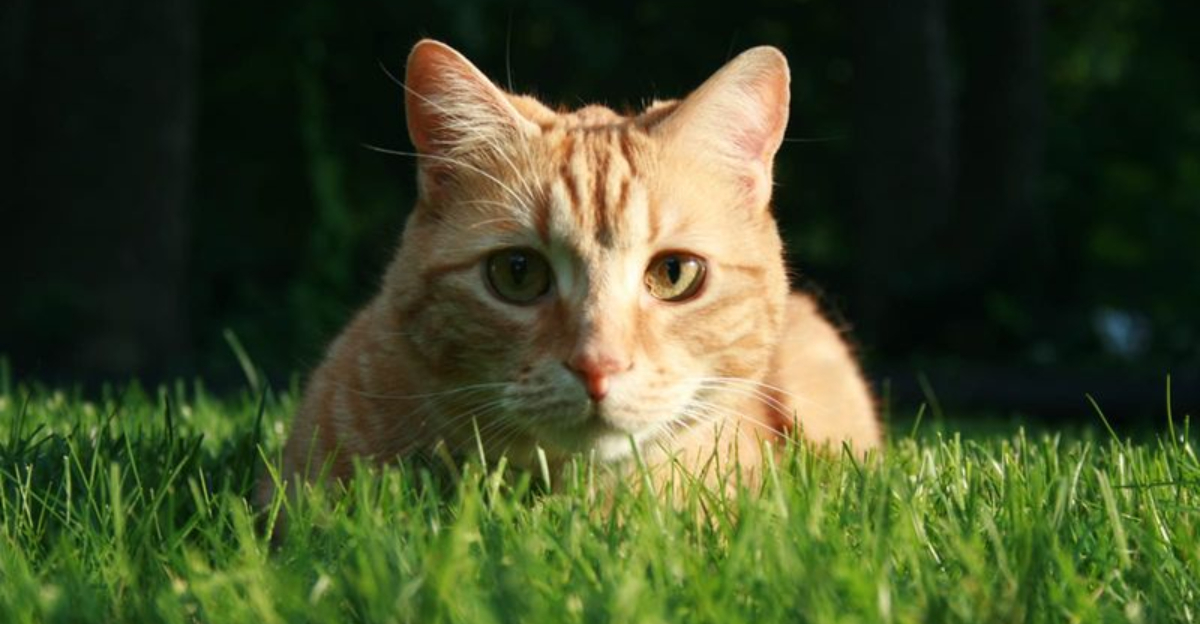
When pets or captive animals are released into the wild, their fate hangs in a delicate balance. Many creatures raised in human care lack the survival skills needed in nature’s unforgiving environments.
While some animals flounder without human support, others surprisingly thrive when given freedom.
1. Goldfish Turn Into Ecological Nightmares
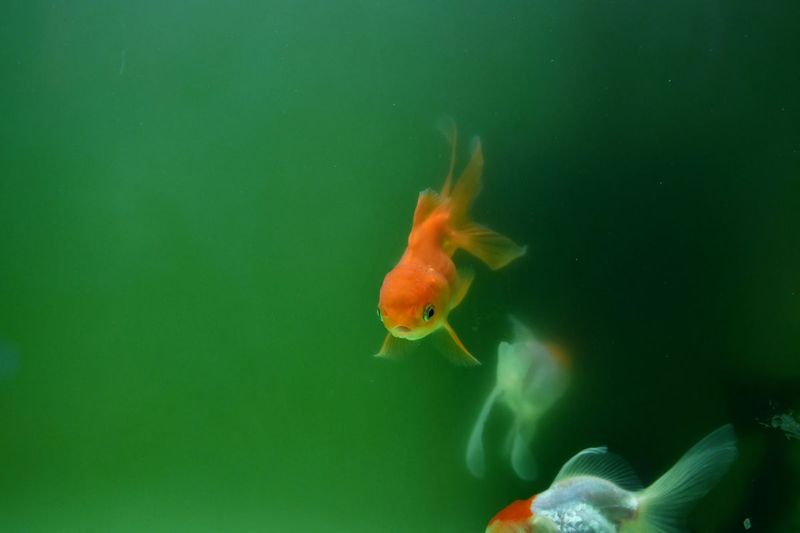
Those innocent orange fish in your bowl become monsters when dumped in lakes. Released goldfish can grow to the size of footballs and wreak havoc on native ecosystems.
Without natural predators, they multiply rapidly and stir up sediment, destroying water quality. They’re now considered invasive species in many countries, creating ecological disasters from a simple act of ‘setting them free.’
2. Domesticated Rabbits Face Harsh Reality

Fluffy and pampered, pet rabbits rarely survive more than days when abandoned outdoors. Their bright white or colorful fur makes them walking targets for predators.
Domestic bunnies lack the camouflage and survival instincts of their wild cousins. Most haven’t learned to dig protective burrows or recognize dangerous plants. Released rabbits typically face starvation, predation, or deadly weather conditions within weeks.
3. Parakeets Lose Their Way Without Human Care

Colorful and chatty in cages, parakeets become lost souls in the wild outside their native ranges. Their bright plumage attracts predators instantly in unfamiliar environments.
These social birds often die from loneliness if released individually. Their specialized diet needs can’t be met in most non-tropical areas. Weather extremes prove fatal for these birds adapted to specific climates, making freedom a death sentence in most regions.
4. Hamsters Become Instant Prey

Small, slow, and completely domesticated, hamsters might as well wear a sign saying “eat me” when released outdoors. These pocket-sized pets have zero defensive capabilities in natural settings.
Hamsters’ burrowing instincts remain, but they lack the knowledge to create safe homes. Their natural desert adaptations don’t translate to most environments where they’re kept as pets. Released hamsters typically survive less than 48 hours before becoming a predator’s easy meal.
5. Tropical Fish Die Quickly In Local Waters
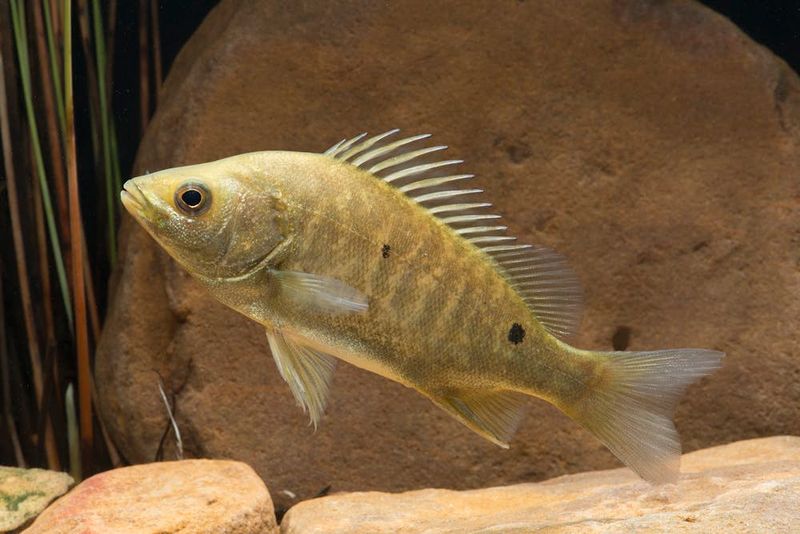
Neon tetras and angelfish might create underwater rainbows in your aquarium, but freedom spells disaster for these delicate creatures. Temperature shock alone kills most tropical fish within hours of release.
Those that survive initially face hostile native species and unfamiliar diseases. Most tropical fish species require specific water conditions and food sources absent in non-native waters. Even hardy species rarely survive a single season when inappropriately released.
6. Domesticated Ferrets Lose Their Wild Edge
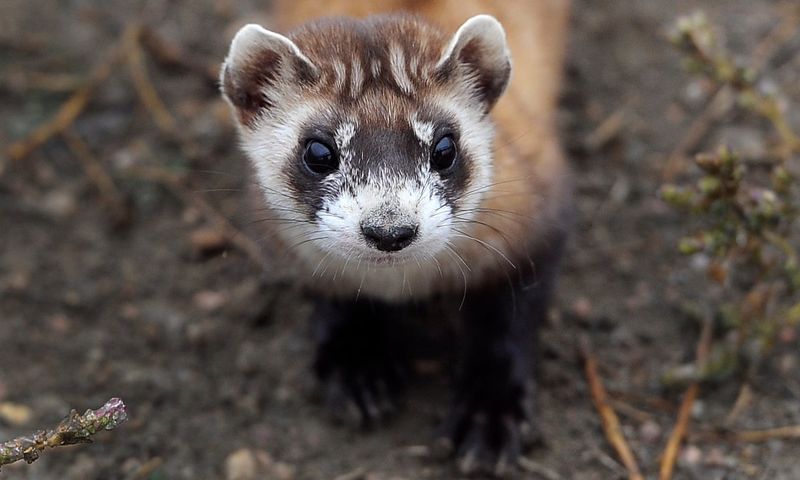
Playful and mischievous at home, domesticated ferrets become helpless wanderers when abandoned. Centuries of selective breeding has stripped them of survival instincts their wild ancestors possessed.
Most pet ferrets have never hunted live prey and don’t recognize natural food sources. Their distinctive coloring makes them conspicuous to predators. Additionally, their scent glands are often removed, eliminating a crucial defense mechanism, leaving these curious creatures defenseless in natural settings.
7. Captive Turtles Struggle With Natural Navigation
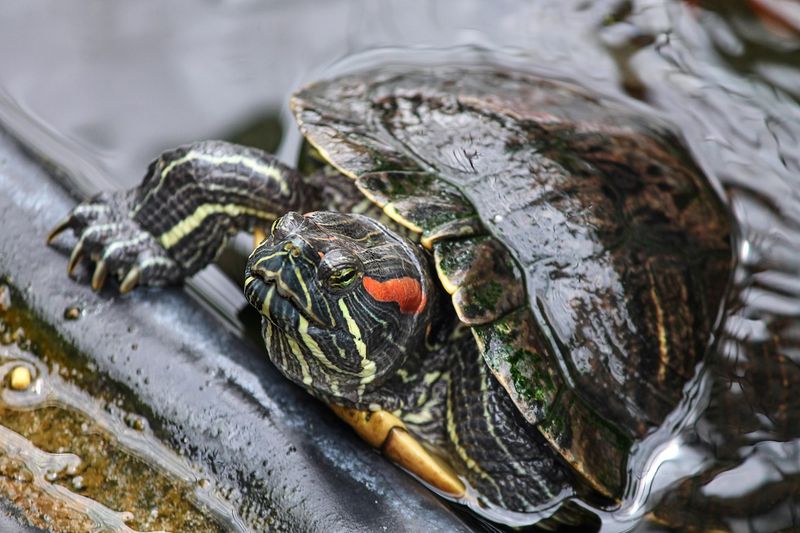
Red-eared sliders and other pet turtles often end up disoriented when released into unfamiliar waters. Many have imprinted on artificial environments and can’t adapt to natural water bodies.
Released in non-native habitats, they often can’t find appropriate basking spots or hibernation locations. Pet turtles frequently carry diseases that can devastate wild populations. Many released specimens wander aimlessly near release points, unable to establish proper territories or find suitable mates.
8. Budgies Face Starvation In The Wild
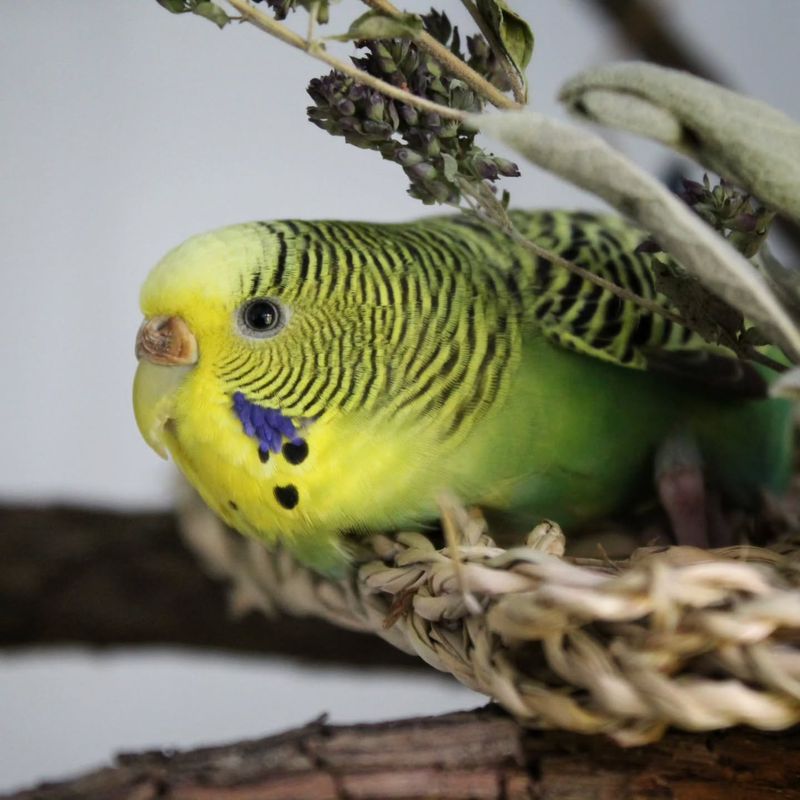
Vibrant and social in captivity, budgerigars become lost and confused when suddenly freed. These Australian natives simply cannot identify natural food sources in most release locations.
Their bright colors make them instant targets for local predators. Weather fluctuations prove deadly for birds adapted to specific climate conditions. Even in warmer regions, budgies typically lack the flock dynamics needed for protection and survival, making freedom a lonely, brief experience.
9. Guinea Pigs Become Helpless Targets
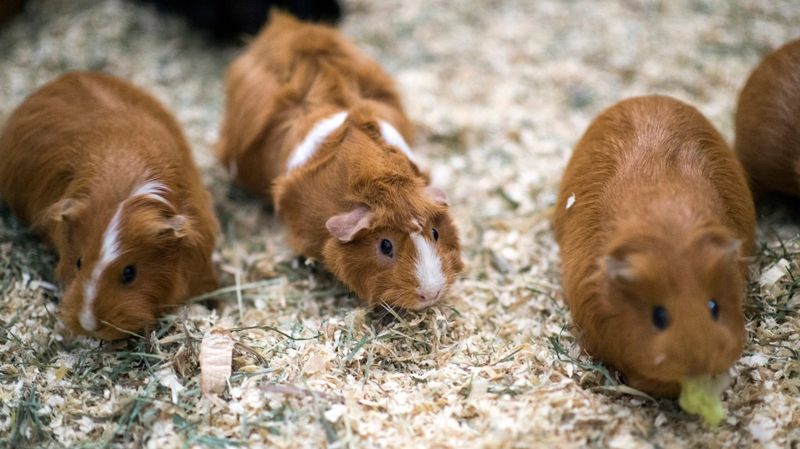
Vocal and endearing in homes, guinea pigs turn into sitting ducks when abandoned outdoors. Their rotund bodies and short legs make them painfully slow escape artists when predators approach.
Domesticated for thousands of years, they’ve lost natural camouflage and defensive behaviors. Their loud vocalizations actually attract predators rather than warn them away. Most released guinea pigs die from exposure, starvation, or predation within days, making their freedom tragically brief.
10. Exotic Snakes Create Ecological Havoc
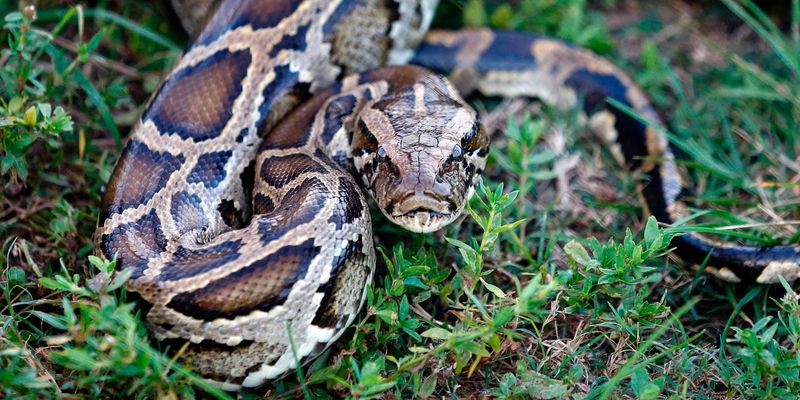
Ball pythons and boas released by overwhelmed owners create double tragedies – most die slowly while disrupting local ecosystems. In colder climates, these reptiles suffer prolonged deaths from temperature extremes.
In suitable climates like Florida, they become invasive nightmares. The Everglades now hosts thousands of former pets decimating native wildlife. Released snakes often carry parasites that spread to native species, creating cascading health issues throughout the ecosystem long after the original snake perishes.
11. Feral Cats Thrive Against All Odds

Abandoned housecats reveal surprising resilience when forced to fend for themselves. Their ancestral hunting instincts quickly resurface when necessity calls.
Domestic cats retain much of their wild programming despite generations of breeding. They adapt to urban alleys or rural barns with equal skill. While individual outcomes vary, many form colonies and establish breeding populations, demonstrating remarkable adaptability that frustrates wildlife conservationists worldwide.
12. Escaped Parrots Form Surprising Colonies
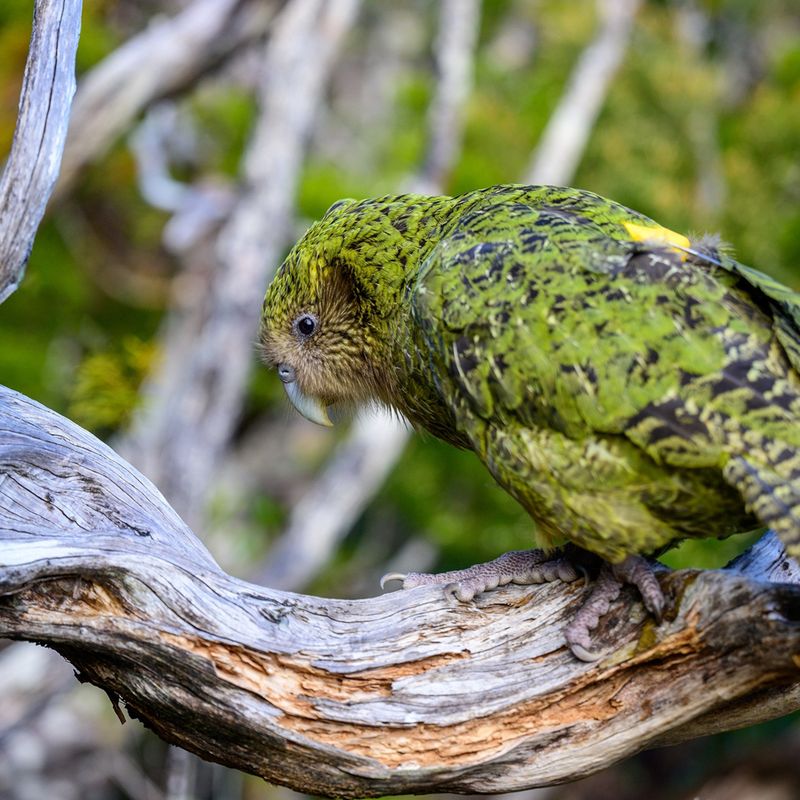
Monk parakeets and other escaped parrots have established thriving communities in unlikely places like Chicago, New York, and London. Their problem-solving intelligence helps them adapt to urban environments.
These birds construct elaborate communal nests that provide shelter in harsh weather. Their flexible diet allows them to exploit human food sources year-round. Some colonies have survived for decades, proving that certain parrot species can transform from pampered pets to successful urban wildlife.
13. Pigs Transform Into Wild Survivors
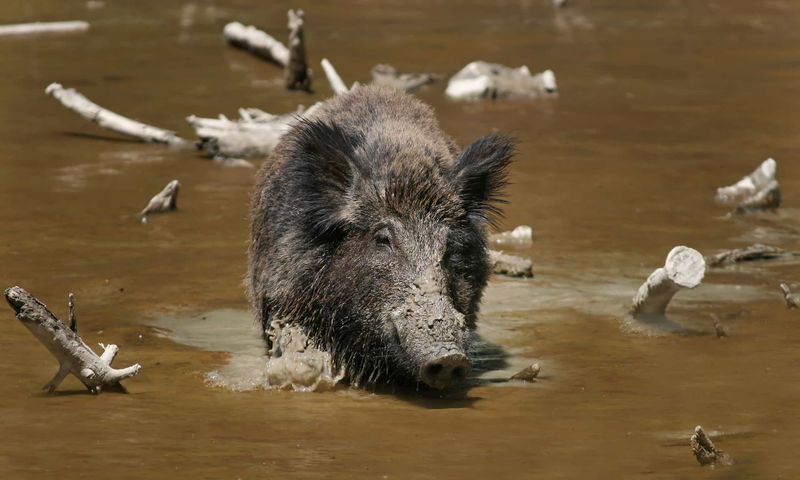
Released farm pigs undergo remarkable physical transformations within months of freedom. Their bodies become leaner, muscles develop, and tusks grow as dormant wild genes express themselves.
Their intelligence allows rapid adaptation to finding natural food sources. Within a single generation, escaped domestic pigs can produce offspring nearly indistinguishable from wild boars. Their success creates environmental challenges across multiple continents, where feral pig populations continue expanding despite control efforts.
14. Chickens Rediscover Ancient Jungle Skills
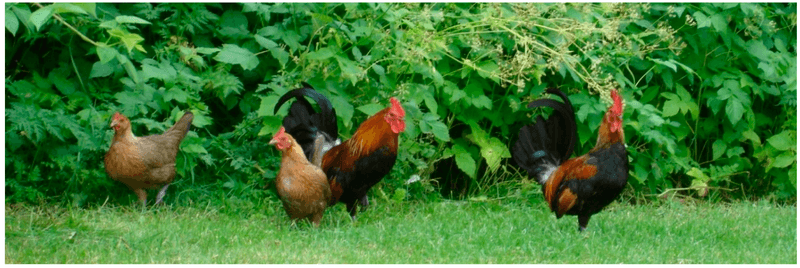
Descendants of jungle fowl, escaped chickens can revert to surprisingly effective wild behaviors. Free-ranging hens become excellent foragers, finding insects and seeds invisible to human eyes.
Their roosting instincts lead them to seek tree branches for nighttime safety. Protective mothering behaviors emerge as hens raise chicks without human intervention. While not all breeds adapt equally well, many chickens tap into ancestral programming that allows them to survive and even thrive without human care.
15. Honey Bees Establish Wild Colonies
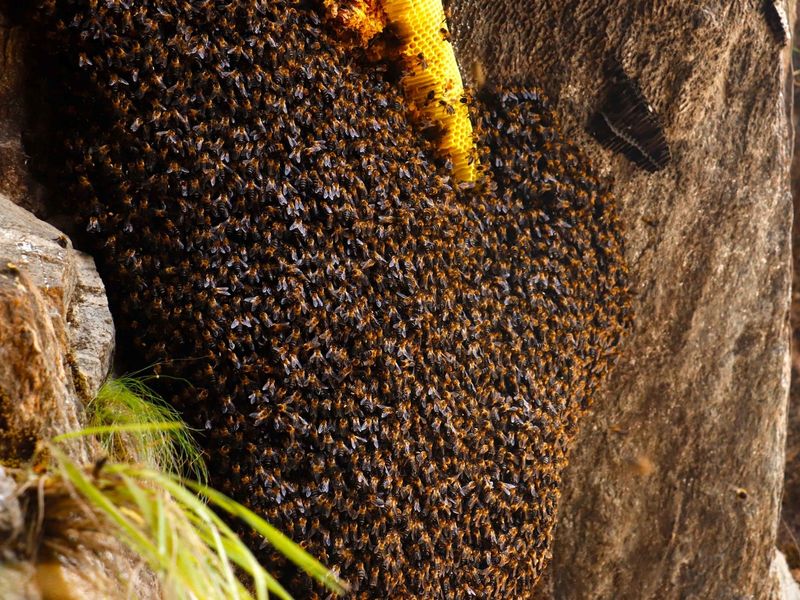
Escaped swarms from managed hives often succeed in establishing wild colonies in tree hollows and building crevices. Their highly organized social structure remains intact without human management.
These insects maintain foraging patterns and honey production regardless of human involvement. While they face challenges from parasites and diseases, many wild colonies persist for years. Their success demonstrates the thin line between domestication and wild adaptation in these ancient pollinators.



